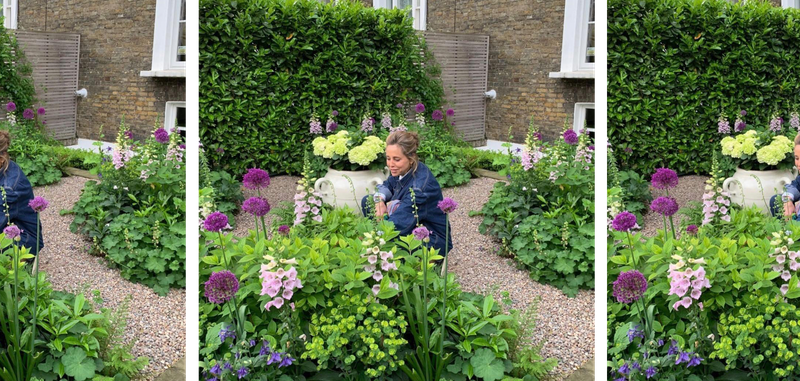
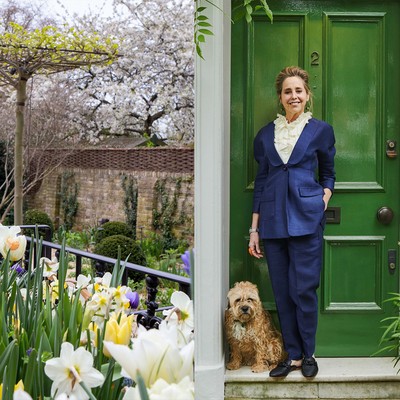
In Conversation With… Butter Wakefield
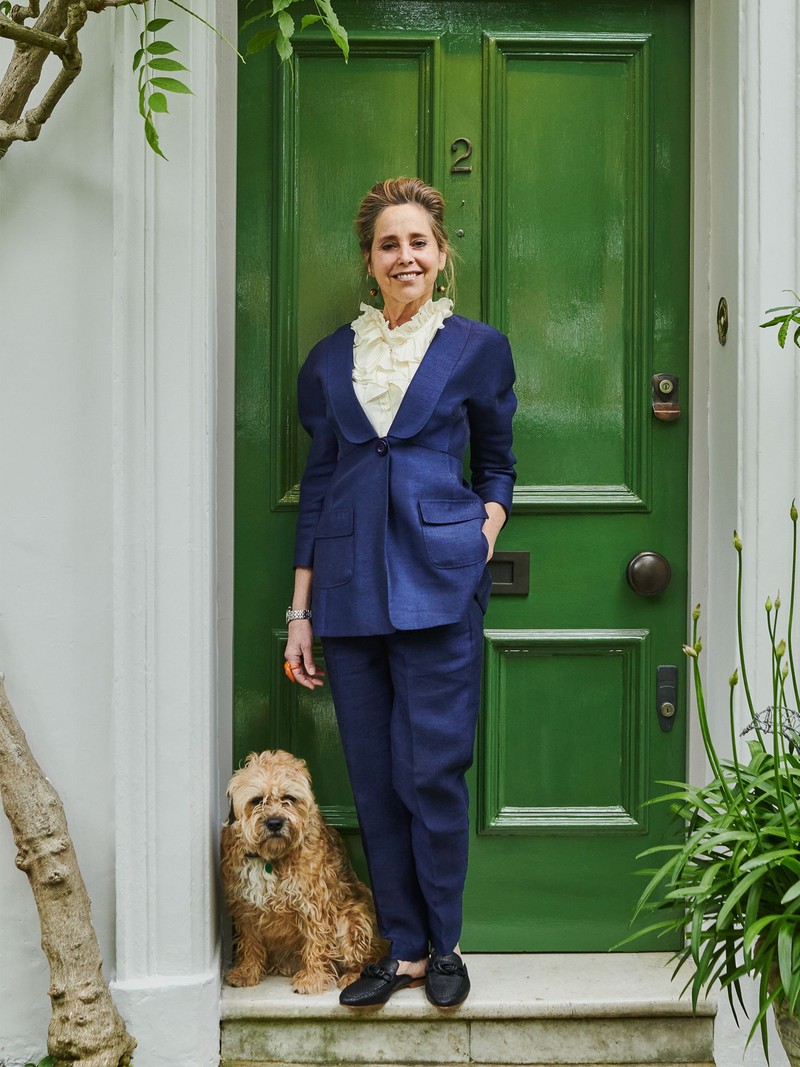
What do you look forward to most about the Chelsea Flower Show?
It has such a magic about it. Sometimes – especially these days – you worry about the sustainable aspect or the extreme opulence, but then you get there, and it completely bowls you over. It makes me feel wholly energised – it’s the greatest flower show in the world, and it’s only the best of the best who exhibit. It’s wonderful to have it on our doorstep. It’s sensational. It also kicks off the summer social season in the UK, which feels even more important given how the last couple of years have gone. Last year’s event was moved to September and, while we were grateful to be able to have it at all, it wasn’t the same as May.
Tell us about your involvement with the event over the years…
In 2018 I was invited by Gaze Burvill to design the trade stand for their 25th anniversary year at the show. They had never won best trade stand before, so it was exciting to win that. I like to think we’ve really upped the level of trade stands– something Sue Biggs, director general of the RHS, has said herself.
Also, in 2017, I created a garden for the inaugural RHS Chatsworth Flower Show, in partnership with the hotel brand Belmond, which was heavenly. It was a very wild scheme, with three native beech trees. A wildflower meadow was surrounded on one side by mixed native hedges – hazel, hawthorn and field maple – and there was a spiral staircase and vegetable patch as well. Set in the grounds of Chatsworth, we won a gold medal and the people’s choice award, too.
Over the years, the RHS has commissioned me for little projects here and there – so I’ve been involved with them in all sorts of ways. I’ve never done a full-blown garden of my own at Chelsea, but it’s definitely on the bucket list.
Is there anyone exhibiting this year whose work you’re excited to see?
The big guns this year are Andy Sturgeon, Chris Beardshaw and Joe Perkins. Chris’s gardens are more plant heavy and textural, and Andy’s are more architectural with lots of hard landscaping features. I loved the last garden he showed – it was outstanding. But I’m a big fan of all three. My own personal hero is Arne Maynard. He hasn’t shown at Chelsea for years, but he creates gardens the way I do – plant rich and formal in some areas. His design details are exceptional, and he always includes incredible quality fencing, gates and posts. He’s very clever. Everyone should follow him on Instagram and pick up a copy of The Gardens of Arne Maynard. His work is so inspirational.
What three things should every beautiful garden have?
Native trees are such an important element, no matter how big or small your garden. They provide so much natural habitat. A purposefully placed terrace would be the second, especially if you have an east-facing garden for a morning coffee or, even better, a west-facing garden for late summer drinks. Finally, water is lovely to incorporate in the garden. Again, water features create a natural habitat for wildlife and, if you have the right filter, you never have to add nasty chemicals. Okay, a fourth – I know you only asked for three – but I also love antique stone in a garden, whether it’s in the flooring or just a trough.
What power do you think nature has over us?
It’s so healing. At the end of a long week, I know all I need to sort my head out is a walk by the river. I’m a big believer in the Japanese physiological and psychological exercise of shinrin-yoku (which means ‘forest bathing’ or ‘taking in the forest atmosphere’). It’s the most incredible stress buster, especially if you’re consciously aware of your surroundings. You always feel better afterwards.
Do you have a favourite season?
I’m a real season girl, as each one has something to offer. But it’s probably autumn which comes out on top for me. I love it when the light thins and the intensity goes out of the sun. It’s also the time when you can really start planning for the following spring, garden-wise, which is really exciting. I’m also (somewhat controversially) a big fan of winter. I’m never ready for it to become spring – especially when it hasn’t been cold or wet enough like this past year. You can sometimes go into spring feeling a bit behind. Winter is the time when all the goodness goes back into the earth and we all have time to rest.
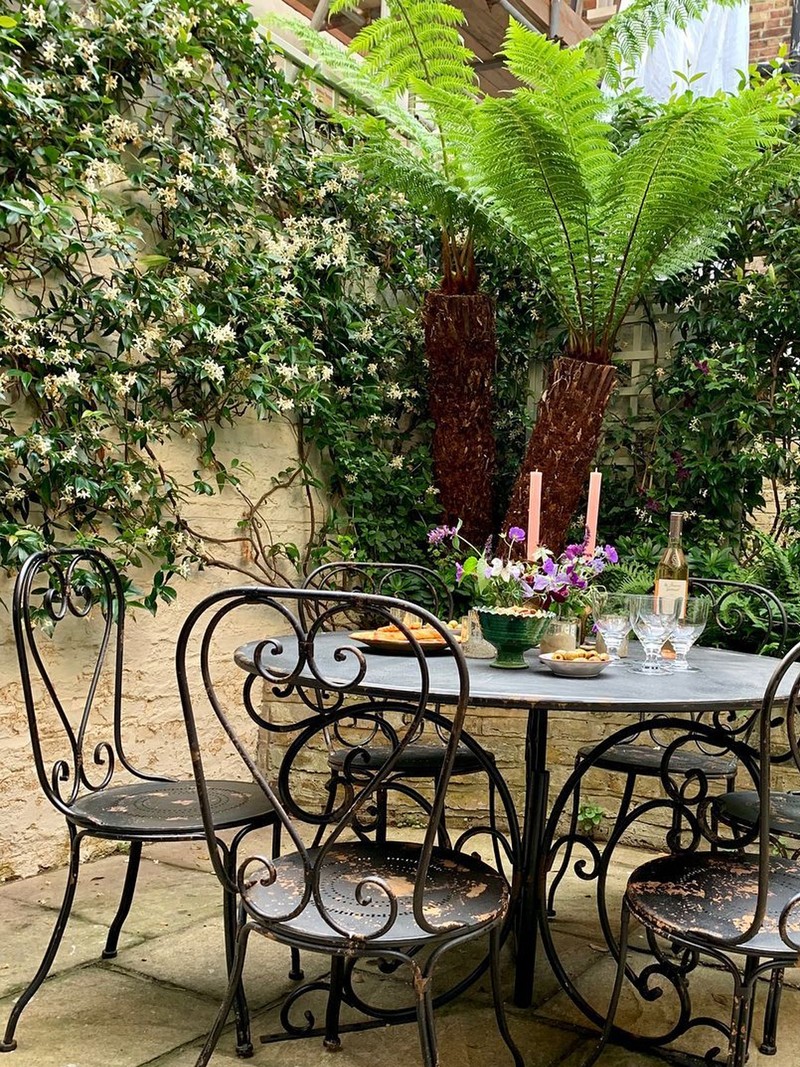
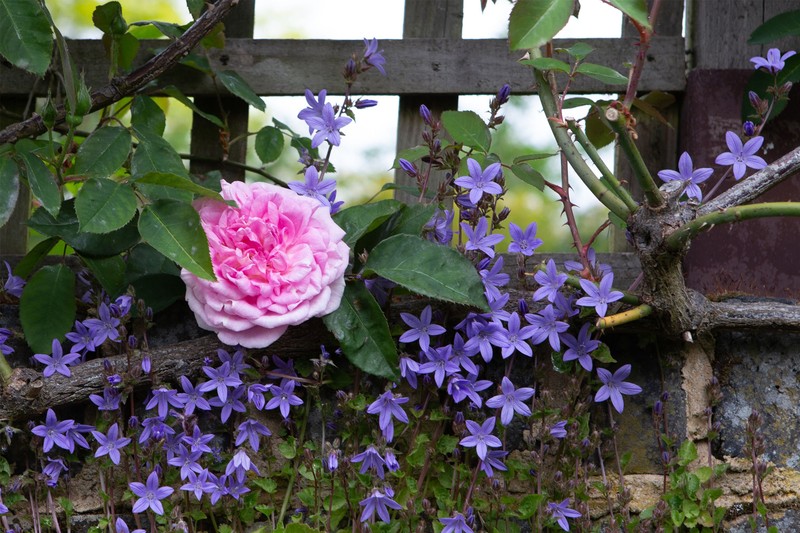
Tell us about how you work with clients?
A thorough in-depth conversation with the client is always the starting point and then we look at how the property sits in its surroundings. It’s all about inspection and brief. You need to feel connected to the client, their vision and any potential architects coming on board, otherwise a vacuum will permeate the entire project. You need to understand what it is they’re trying to achieve – not just practically but emotionally, too. After that, we send them a concept and fee proposal before work gets cracking. The heavy lifting happens first and planting follows afterwards.
Are there any projects which have stuck in your mind over the years?
My favourite project was the Ribbon Wheel garden. Veere Grenney was the interior designer on the project and we appointed The Outdoor Room. The client was also a dream – shared our vision and design aesthetic, which allowed for full creative licence. She wanted a rectilinear garden, but I found a way to incorporate these free-moving swirling patterns on the ground out of stone and she loved it. It won all sorts of prizes – it was challenging, but so lovely. I’m also working on a very exciting project with Ben Pentreath at the moment. It’s wonderful to work with like minded creative professionals both inside the house and out.
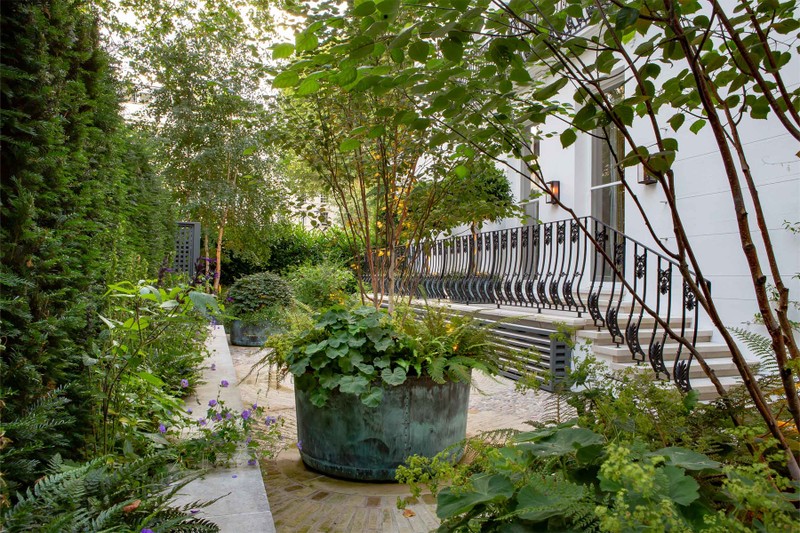
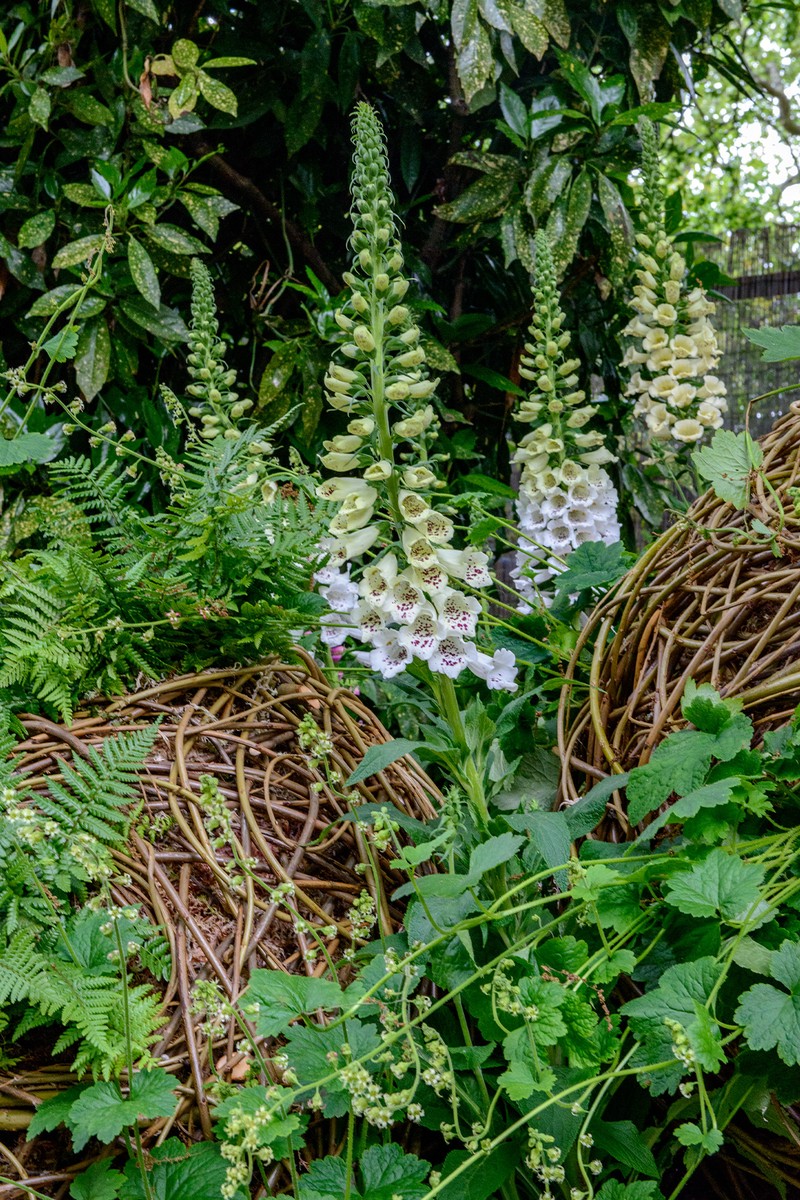
Speaking of budget, do you have any easy and affordable tips for sprucing up a garden?
I love a very reasonable line of furniture called Home & Garden Ironwork. You can get a really generously sized set there for about £1,400. I know that’s quite a lot of money, but it will last you forever and its beautifully built. Decent furniture doesn’t have to cost a fortune – there a great wicker pieces available online these days. The other thing I always say to clients is go to The Cloth Shop and buy some fabric at £10 per metre and throw it over your trestle table to elevate the look of the garden. You don’t need to hem it – just get it on there or use it on the lawn as a picnic rug. Candles, hurricane lamps too – ambience is everything in a garden. And everyone can afford a decent pot – avoid plastic – and growing things from seed is cheap as chips. Have a go; it won’t cost you much at all.
Do you have any other favourite suppliers?
If budget isn’t an issue, I love Italian Terrace for beautiful pots. We’ve just installed seven in a project on Chiswick Mall and they look magnificent – they’re standalone beautiful. Architectural Heritage also do lovely, aged metal pots. For stone troughs, I always go to Lichen Garden Antiques. For furniture, I love Gaze Burhill – but you need space and budget. All his pieces are handcrafted in the UK by specialist artisans.
How do you make the most of a small garden space?
Play with the boundaries. Pull the borders in so they’re narrow in one part of the garden and then push them out as far as they’ll go towards the back. It encourages you to move through the garden and go on a journey. Also, if your neighbour has a crab apple tree, it’s a good idea to have one yourself so the walls or divides aren’t so obvious. Your eye picks up on the similar shape and form – I call it ‘borrowing the view’. Another trick is placing a mirror behind a trestle table. Just remember not to install mirrors on their own; it drives the birds crazy! I use them a lot in London gardens – especially if there’s water involved, as it creates the most beautiful, sparkling reflection.
Would you say there are any Butter Wakefield signatures?
I think I really understand a city garden – I’d say that’s where my strengths lie. I can also visualise things quickly, so I can enter a space and see it all in my mind. I take a lot of inspiration from the architecture of the building too, so I suppose I’m known for using shapes in an interesting way. And then I often talk a lot about creating a purposeful route through the garden. I want people to really observe their garden – that’s probably my main signature.
Do you have favourite plants or flowers?
It all depends on the garden’s aspect. For instance, if you have a north-facing shady garden, then it’s got to be hydrangeas, foxgloves and ferns. Generally speaking, I find it hard not to design a garden without alchemilla mollis, or lady's-mantle. It’s so joyous and I love to cut and arrange flowers. When that’s flowering in my garden, it makes me so happy. I love hellebores, too, and you can’t beat a scented rose or winter flowering honeysuckle. I love working with scent – as a garden designer, it’s almost irresponsible not to.
Is there a dream project you have in mind?
I really want to work in the country a bit more. London is great, but there are so many challenges in the city, like access – it’s always troublesome. In the country, everyone can pull up and unload in minutes. I have some clients in Oxfordshire and the Cotswolds, so I’m looking forward to working up there a bit more.
What advice would you give people looking to get more involved in the garden this summer?
I’m very much into the rewilding trend and growing your own, including flowers to cut, so we don’t have to import lots of cheap varieties from abroad. It’s much better for British growers to buy dahlias in August, for example. Read Frances Tophill’s Rewild Your Garden. She explains why it’s so important for each of us to create these wildlife corridors in our gardens to support what goes on below the earth and, in turn, help the planet survive. I really believe in that philosophy.
Also, don’t rush into making new changes in a new garden. Live with it so you can see how the sun tracks, where you need to create shade, why you might not want to chop down a tree you think is in the way. You need to see the leaf fall, the bare bones. Tread carefully and, if you’ve got the time, see it evolve through the seasons before you do anything drastic. If you’re impatient – hire a garden designer so you don’t make any expensive mistakes.
Visit ButterWakefield.co.uk
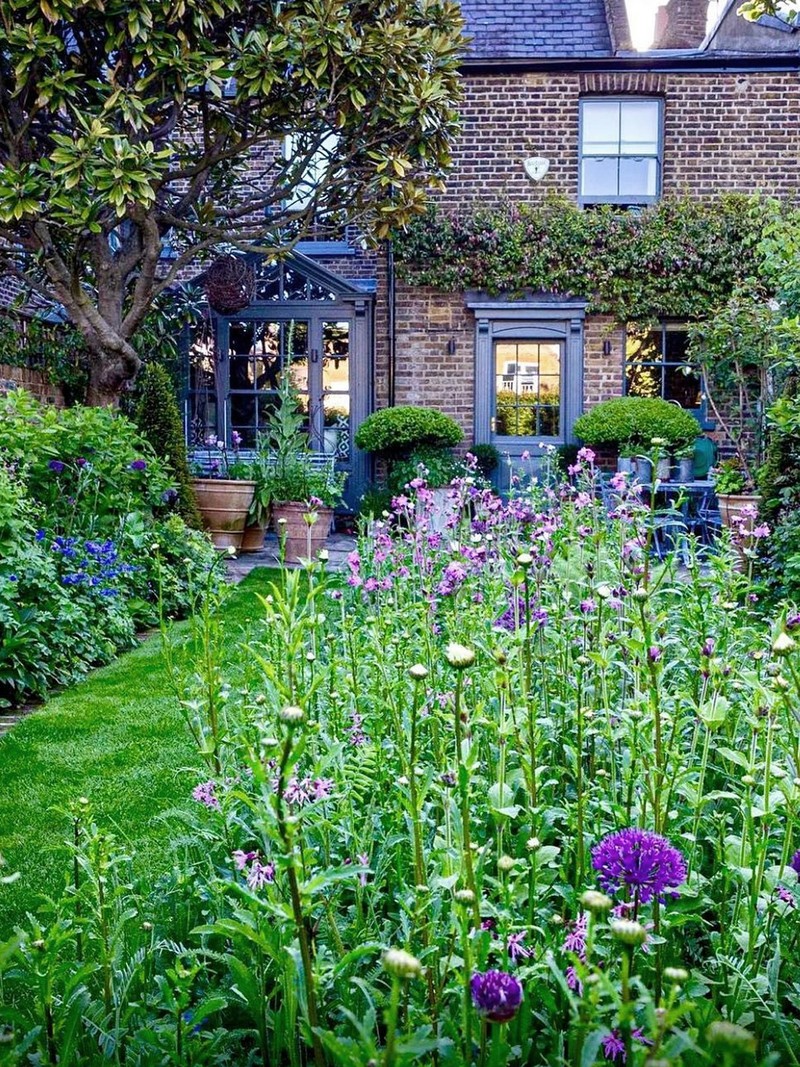
DISCLAIMER: We endeavour to always credit the correct original source of every image we use. If you think a credit may be incorrect, please contact us at info@sheerluxe.com.

